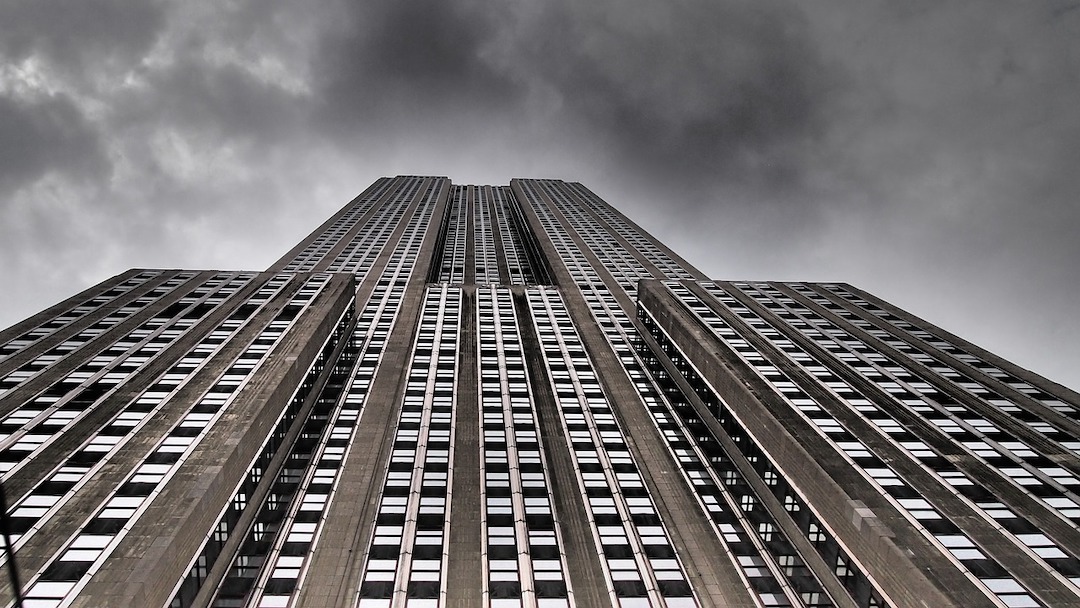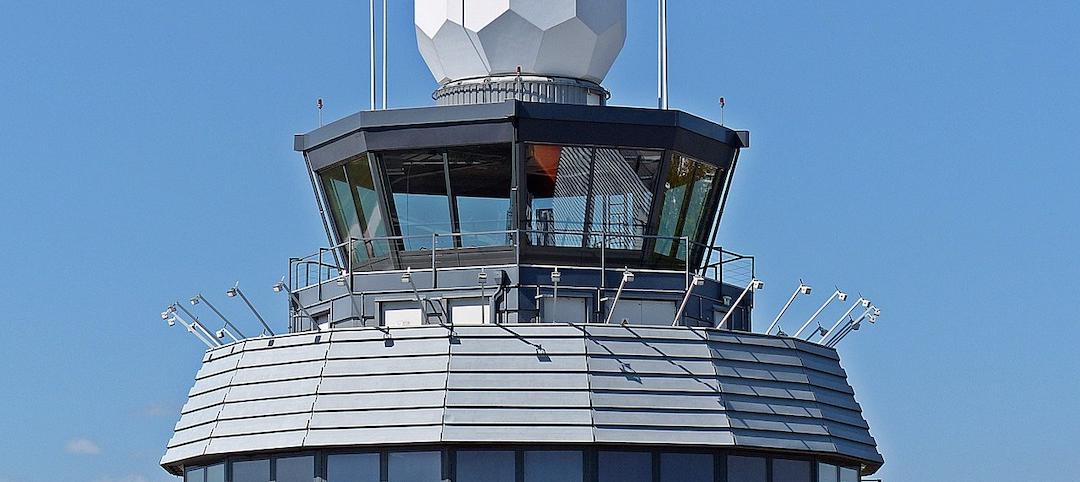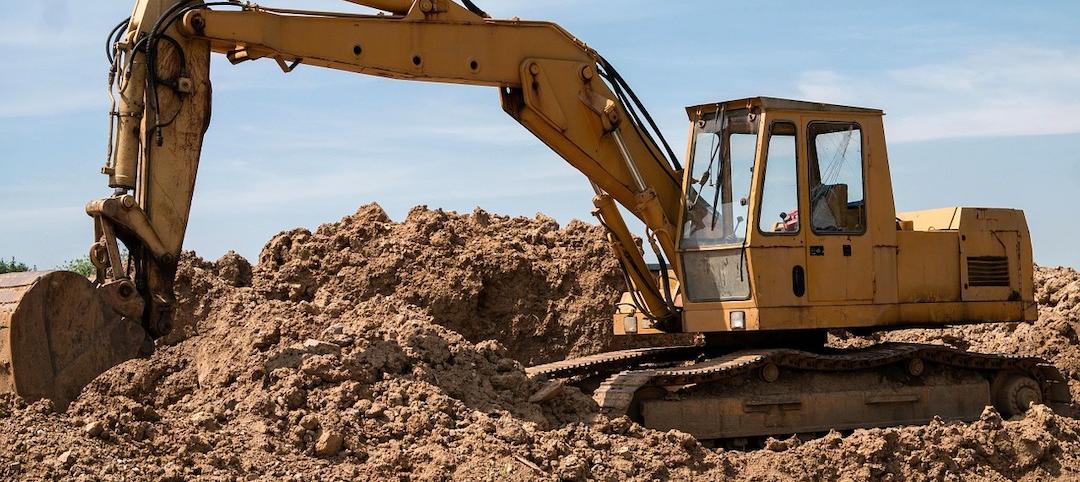A new engineering guide, “Fire Safety for Very Tall Buildings,” is now available.
Topics featured include emergency egress, fire resistance, building envelope, suppression, detection, alarms, and smoke control, with new guidance on considerations for existing buildings, energy storage systems, aerial vehicle platforms, and unique building features such as observation decks and fireworks displays. Performance-based design and international practices are also included.
The guide is a product of The Society of Fire Protection Engineers (SFPE), The International Code Council (ICC), and Springer, a global scientific and technical publisher.
“We know that very tall buildings impose unique fire protection challenges and require new engineering solutions above and beyond traditional methods,” said Nicole Boston, CAE, Chief Executive Officer, Society of Fire Protection Engineers, in a news release. “This engineering guide provides fire safety engineers and fire protection professionals with specific and necessary engineering principles to overcome the challenges of fire and to protect very tall buildings, their occupants, and first responders.”
Related Stories
Codes and Standards | Nov 29, 2021
FAA seeking design of air traffic control towers of the future
Call for design submissions for safe, efficient structures.
Codes and Standards | Nov 28, 2021
Efficient electric water heaters in multifamily buildings significantly reduce carbon emissions
In buildings with 5+ units, water heating uses more energy than space heating, cooling, or lighting.
Codes and Standards | Nov 23, 2021
New York’s Labor Law Section 240 and how it affects general contractors
The ‘Scaffold Law’ was first enacted by the New York State Legislature in 1885 and is one of the single most-used laws in construction accident cases.
Codes and Standards | Nov 22, 2021
ABC’s Construction Technology Report finds focus on solving operational problems
More than half rely on project management software.
Codes and Standards | Nov 22, 2021
Contractors say 811 utility location system has significant flaws
More than half of firms in survey report damages, near misses because lines were unmarked or marked incorrectly.
Codes and Standards | Nov 19, 2021
Creating net-zero/net-positive buildings is top priority in Green Building Trends 2021 report
Findings also demonstrate compelling business case for building green.
Codes and Standards | Nov 19, 2021
Construction Startup Competition 2021 awards highlight tech innovations
AI-powered software to identify and explain critical issues in construction contracts takes top prize.
Codes and Standards | Nov 18, 2021
Infrastructure bill contains $5 billion for energy efficiency in buildings
Wide range of programs to reduce energy use, improve materials, train workers.
Codes and Standards | Nov 17, 2021
Skanska will provide embodied carbon assessments on all new projects over 53,000 sf
Will use the Embodied Carbon in Construction Calculator it helped create.
Codes and Standards | Nov 16, 2021
NOAA, Univ. of Maryland, and ASCE partner on climate-smart engineering codes, standards
Efforts will account for climate change in future infrastructure design and construction.

















